15 Classic Hollywood Films That Still Define American Cinema
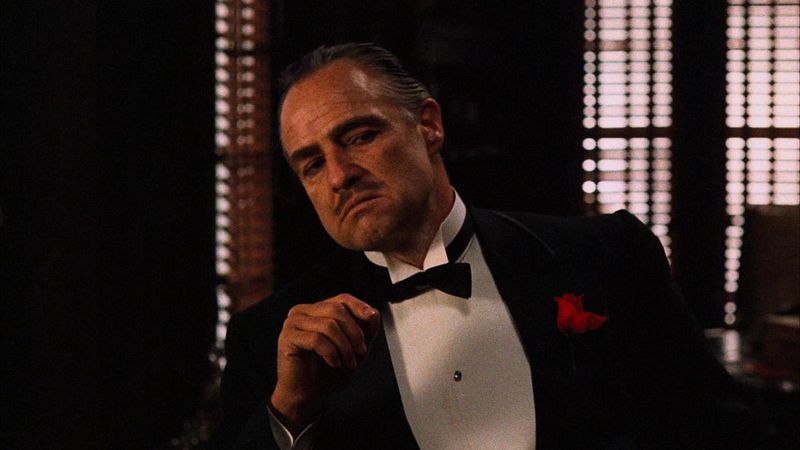
Some movies never get old, no matter how many years pass by. These special films from Hollywood’s golden age continue to inspire filmmakers and entertain audiences today. They created the rules for how movies are made and told stories that still matter to people everywhere. From thrilling adventures to heartwarming romances, these classics show us what makes American cinema truly great.
1. Casablanca (1942)
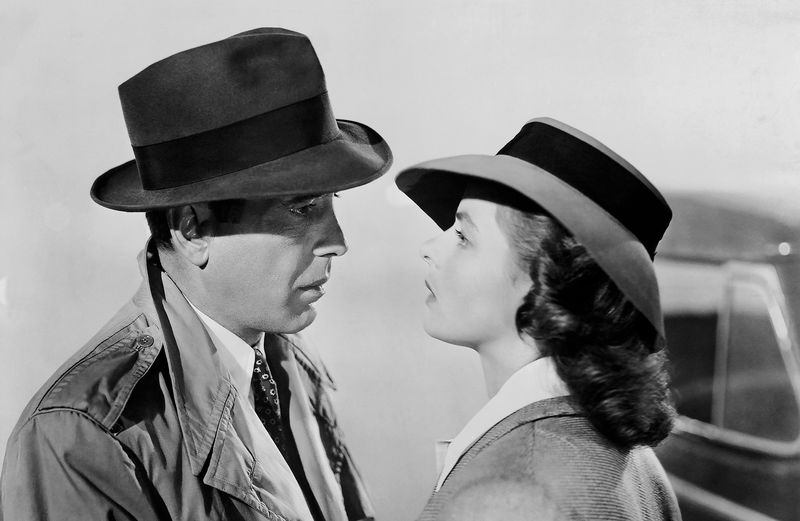
Picture this: a smoky nightclub in wartime Morocco, where love and sacrifice collide in the most unforgettable way. Humphrey Bogart plays Rick, a tough guy who runs a popular café where refugees gather hoping to escape to America.
When his old flame Ilsa walks through his door with her husband, Rick must choose between his own happiness and doing what’s right. The movie gave us legendary lines like “Here’s looking at you, kid” that people still quote today.
This film proves that sometimes the greatest love stories are about letting someone go.
2. Citizen Kane (1941)
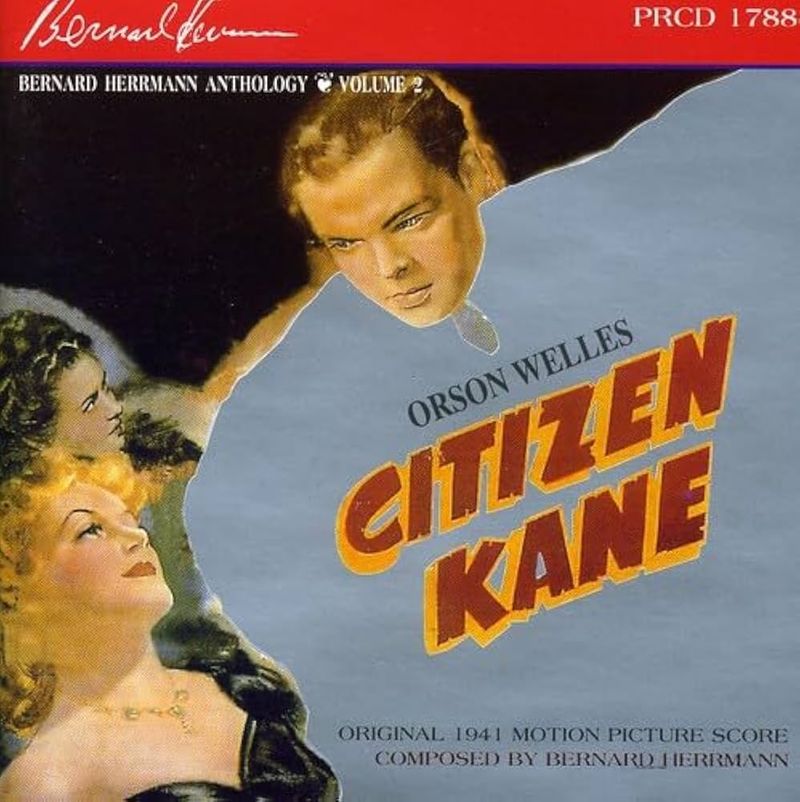
What happens when a poor kid becomes the richest man in America but loses everything that really matters? Charles Foster Kane starts as an idealistic young newspaper owner who wants to fight for the common people.
As he gains more power and wealth, he becomes exactly the kind of person he once opposed. The story unfolds like a mystery, with reporters trying to understand Kane’s dying word: “Rosebud.”
Director Orson Welles created revolutionary camera techniques that changed how movies look forever, making this film a masterclass in storytelling.
3. Gone with the Wind (1939)
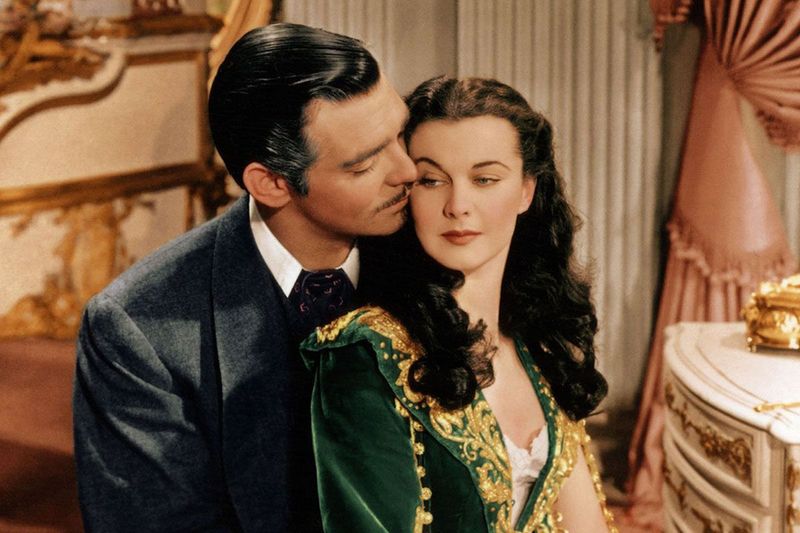
Scarlett O’Hara refuses to give up, even when her whole world falls apart during the Civil War. This Southern belle watches her comfortable plantation life disappear as war destroys everything she knows.
Through burning cities and desperate times, Scarlett fights to save her family’s land and win the heart of Ashley Wilkes. Meanwhile, the roguish Rhett Butler sees right through her stubborn act.
The film’s spectacular scenes, especially Atlanta burning, set new standards for epic moviemaking that influenced blockbusters for decades to come.
4. The Wizard of Oz (1939)
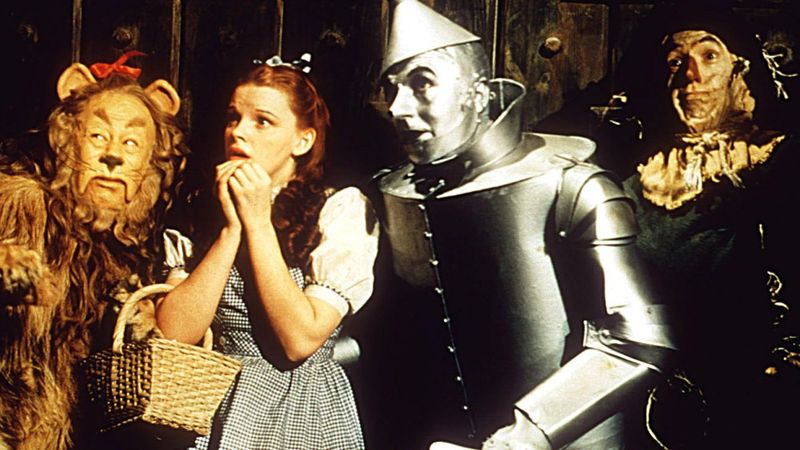
Dorothy’s journey from Kansas to the magical land of Oz became every child’s favorite adventure story. When a tornado sweeps her away from home, she discovers a colorful world full of talking animals and mysterious characters.
Along the yellow brick road, she meets friends who think they’re missing important things like brains, heart, and courage. Together, they learn that what they’re looking for was inside them all along.
The movie’s shift from black-and-white Kansas to technicolor Oz amazed audiences and created one of cinema’s most magical moments.
5. Singin’ in the Rain (1952)
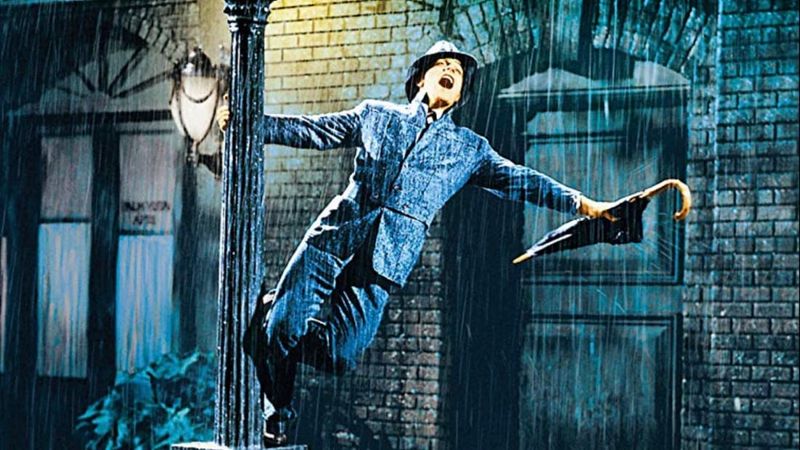
Hollywood’s transition from silent movies to “talkies” gets the musical treatment in this joyful celebration of show business. Gene Kelly plays Don Lockwood, a silent film star whose career faces disaster when movies start using sound.
His leading lady has a voice like nails on a chalkboard, so they need to find creative solutions to save their latest picture. The famous dance sequence in the rain shows pure happiness that makes viewers want to grab an umbrella and join in.
This film captures the magic and madness of making movies better than any other Hollywood story.
6. Vertigo (1958)
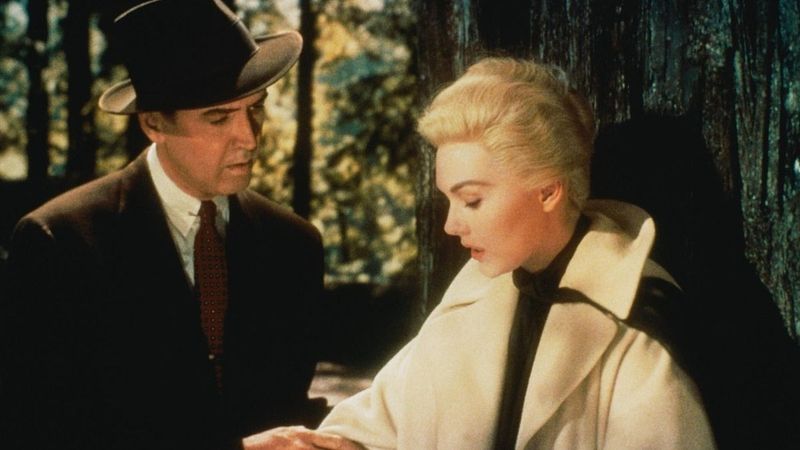
Fear of heights becomes the least of detective Scottie Ferguson’s problems when he becomes obsessed with a mysterious woman. Alfred Hitchcock crafts a psychological thriller that digs deep into the dangers of obsession and lost love.
James Stewart’s character follows Kim Novak through the foggy streets of San Francisco, but nothing is quite what it seems. The film’s swirling camera work makes viewers feel dizzy and confused, just like the main character.
Hitchcock’s masterpiece explores how far someone will go to recreate a perfect moment, even if it destroys everything real.
7. Lawrence of Arabia (1962)
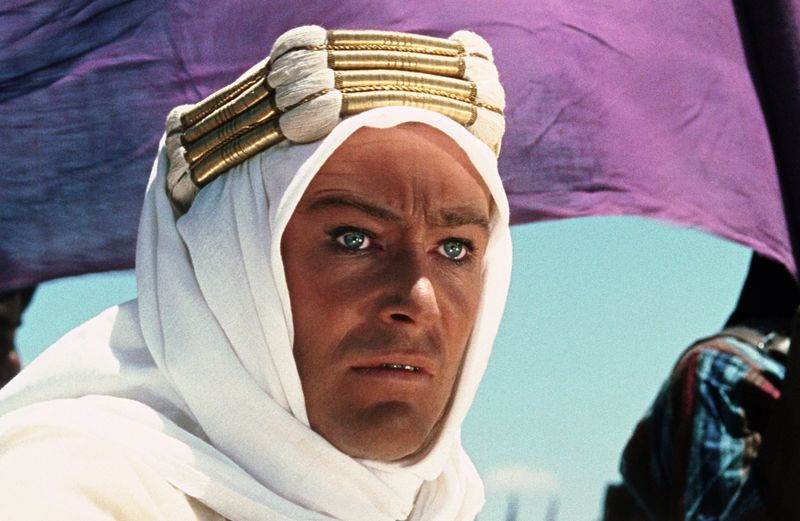
T.E. Lawrence transforms from an awkward British officer into a legendary desert warrior in this epic adventure. Peter O’Toole’s breakthrough performance shows how war can change a person completely, sometimes in ways they never expected.
The vast desert landscapes become a character themselves, filmed in stunning wide shots that make viewers feel tiny against the endless sand dunes. Lawrence leads Arab tribes against the Turkish army during World War I.
Director David Lean created visuals so magnificent that they demand to be seen on the biggest screen possible, influencing every epic film that followed.
8. The Godfather (1972)
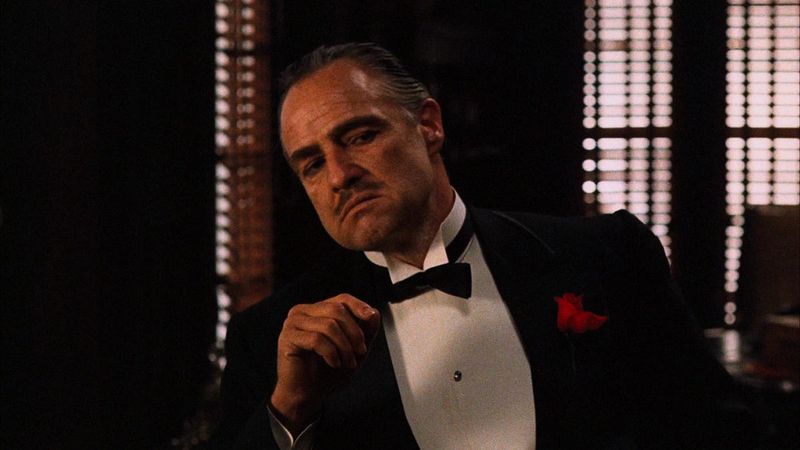
Family loyalty takes on a whole new meaning in this saga about the Corleone crime dynasty. Michael Corleone never wanted to join the family business, but circumstances force him to become something he swore he’d never be.
Marlon Brando’s Don Vito Corleone speaks in whispers but commands absolute respect, showing that real power doesn’t need to shout. The film explores how violence and love can exist side by side in the same family.
Francis Ford Coppola created a crime story that feels like Shakespeare, proving that gangster movies could be serious art, not just entertainment.
9. Sunset Boulevard (1950)
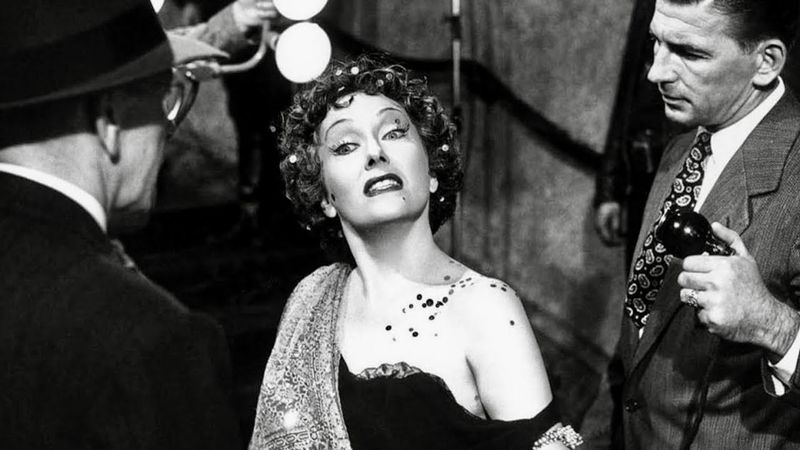
Norma Desmond lives in the past, surrounded by photographs of her glory days as a silent film star. When struggling screenwriter Joe Gillis stumbles into her decaying mansion, he becomes trapped in her desperate fantasy of a comeback.
Billy Wilder’s dark tale shows the cruel side of Hollywood, where yesterday’s stars become today’s forgotten relics. The film’s famous line “I’m ready for my close-up” captures the tragic delusion of someone who can’t accept that time has passed.
This noir masterpiece warns about the price of fame and the danger of living in yesterday’s dreams.
10. On the Waterfront (1954)
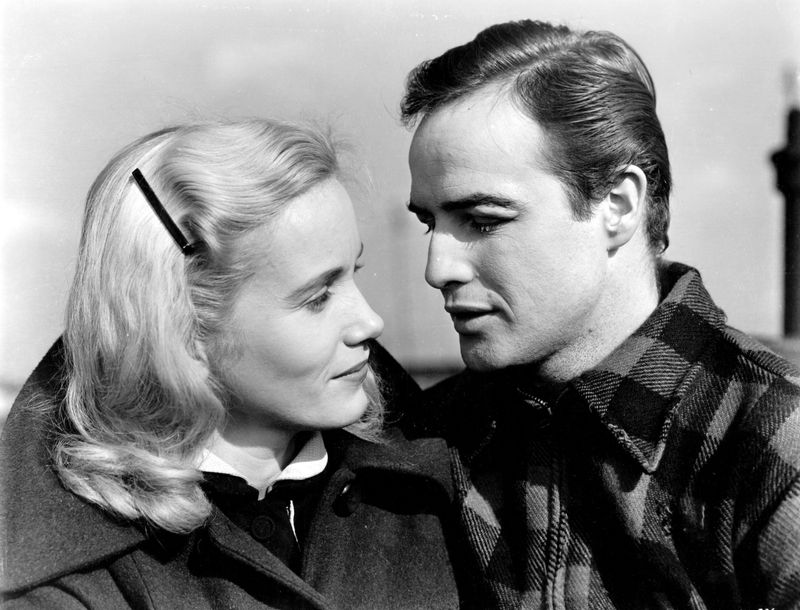
Terry Malloy could have been a contender, but instead he’s just another tough guy working the docks for corrupt union bosses. Marlon Brando’s powerful performance shows a man who must choose between loyalty to his criminal brother and doing what’s right.
When Terry witnesses a murder, he faces the hardest decision of his life: stay quiet and safe, or speak up and risk everything. The famous taxi cab scene where Terry confronts his brother became one of cinema’s most quoted moments.
Director Elia Kazan created a gritty story about standing up to corruption that still resonates with audiences today.
11. Psycho (1960)
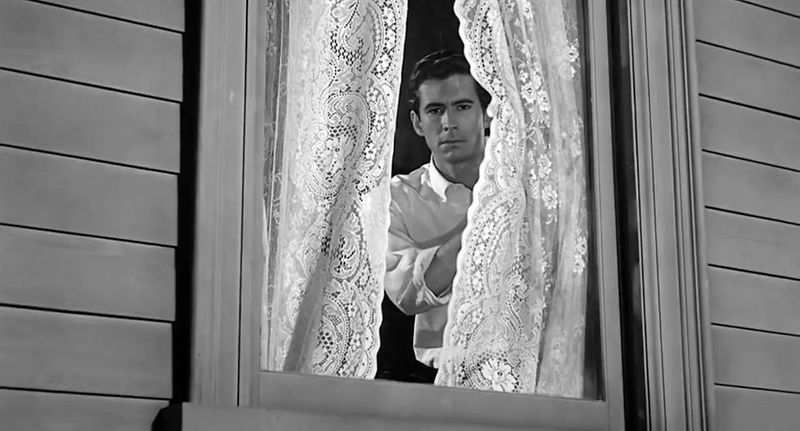
Norman Bates seems like such a nice young man who just wants to take care of his demanding mother. Alfred Hitchcock shocked audiences by killing off the main character halfway through the film, breaking every rule about how movies should work.
The Bates Motel becomes the scariest place in cinema history, especially that shower scene that made people afraid to close their eyes while washing. Anthony Perkins creates a character who’s both sympathetic and terrifying.
This thriller changed horror movies forever, proving that the most frightening monsters look just like ordinary people we might meet anywhere.
12. Some Like It Hot (1959)
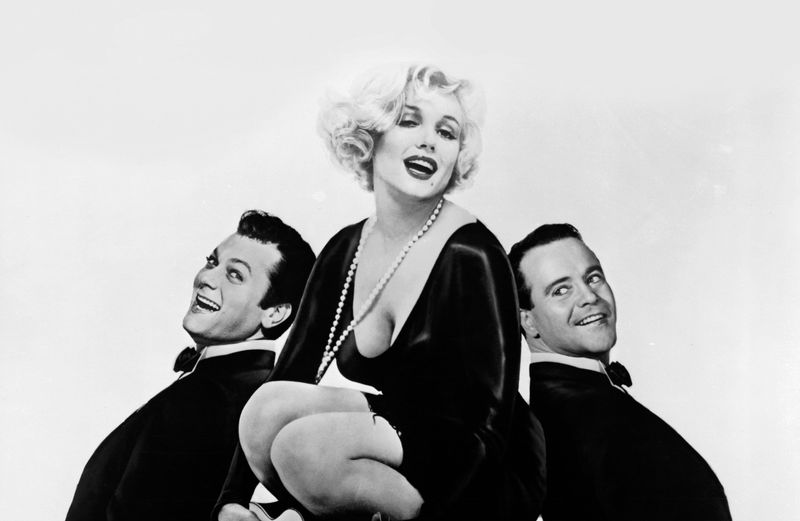
When musicians Joe and Jerry witness a gangster murder, they disguise themselves as women to join an all-female band and escape to Florida. Billy Wilder’s comedy becomes a wild ride of mistaken identities and romantic confusion.
Tony Curtis and Jack Lemmon struggle to maintain their female personas while Marilyn Monroe’s Sugar Kane melts hearts with her innocent charm. The film’s final line, “Nobody’s perfect,” became one of comedy’s greatest endings.
This screwball comedy proved that the best humor comes from putting characters in impossible situations and watching them try to escape with their dignity intact.
13. 2001: A Space Odyssey (1968)
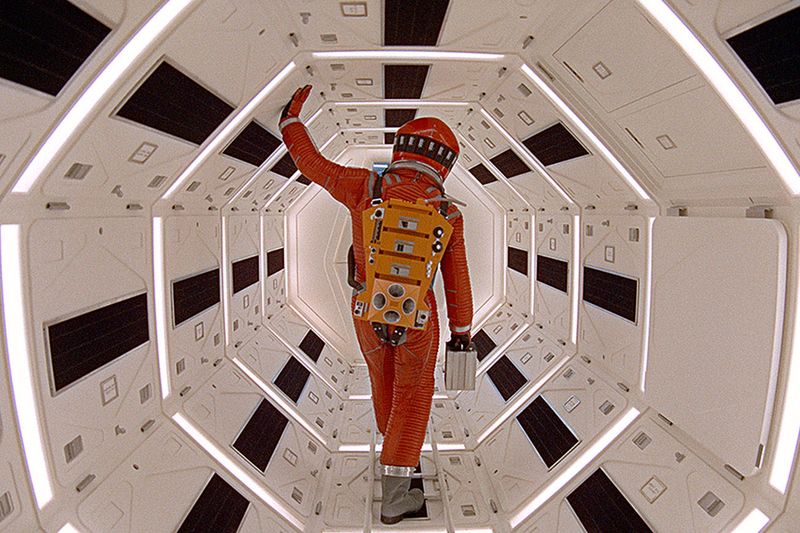
Stanley Kubrick imagined humanity’s journey from primitive apes to space travelers in this mind-bending science fiction epic. The mysterious black monolith appears at crucial moments in human evolution, pushing our species toward its next stage of development.
HAL 9000, the ship’s computer, becomes one of cinema’s most chilling villains without ever appearing on screen as anything but a red light. The film’s final sequence takes viewers on a psychedelic trip through space and time.
Kubrick’s vision of the future influenced every science fiction film that followed, setting the standard for how space should look on screen.
14. Bonnie and Clyde (1967)
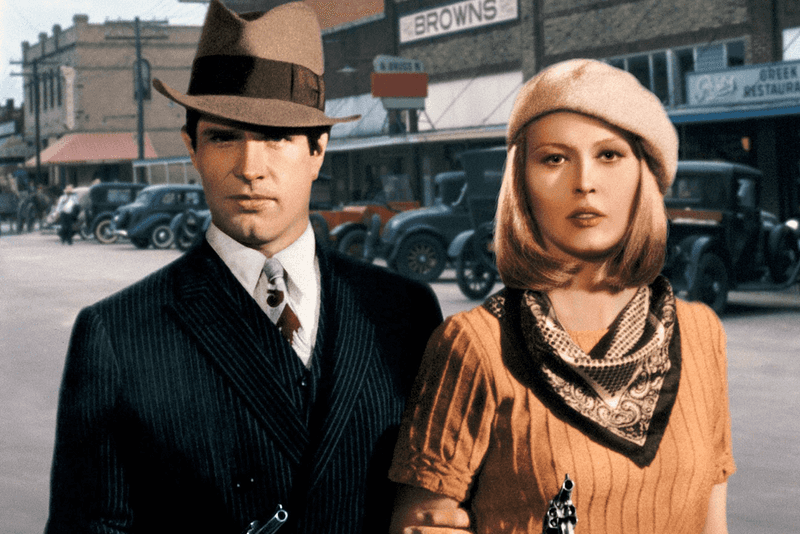
Bank robbers Bonnie Parker and Clyde Barrow become folk heroes during the Great Depression, stealing from banks while ordinary people lose their homes and farms. Warren Beatty and Faye Dunaway bring glamour to these real-life criminals who captured America’s imagination.
The film mixes comedy and violence in ways that shocked 1960s audiences, making viewers both love and fear these dangerous characters. Their crime spree across the Midwest becomes a twisted love story.
Director Arthur Penn created a new kind of movie that influenced countless films about criminals who become celebrities, changing how Hollywood portrayed violence forever.
15. The Maltese Falcon (1941)
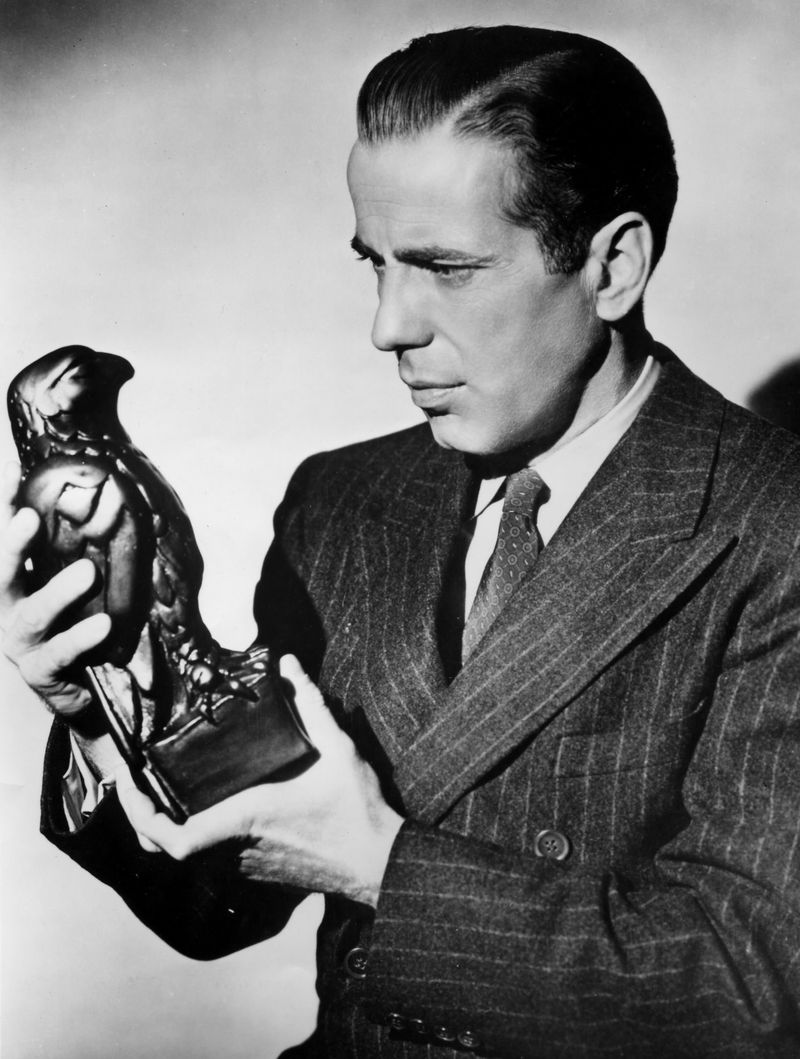
Private detective Sam Spade gets tangled up with dangerous people hunting for a priceless black bird statue. Humphrey Bogart’s tough-talking investigator can’t trust anyone, especially the beautiful but deadly Brigid O’Shaughnessy who walks into his office with trouble following close behind.
John Huston’s directorial debut created the template for every private eye movie that followed, with its shadowy cinematography and snappy dialogue. The mysterious falcon becomes a symbol of how greed corrupts everyone it touches.
This film noir classic proves that in the detective business, the most dangerous criminals often have the prettiest faces.

Comments
Loading…